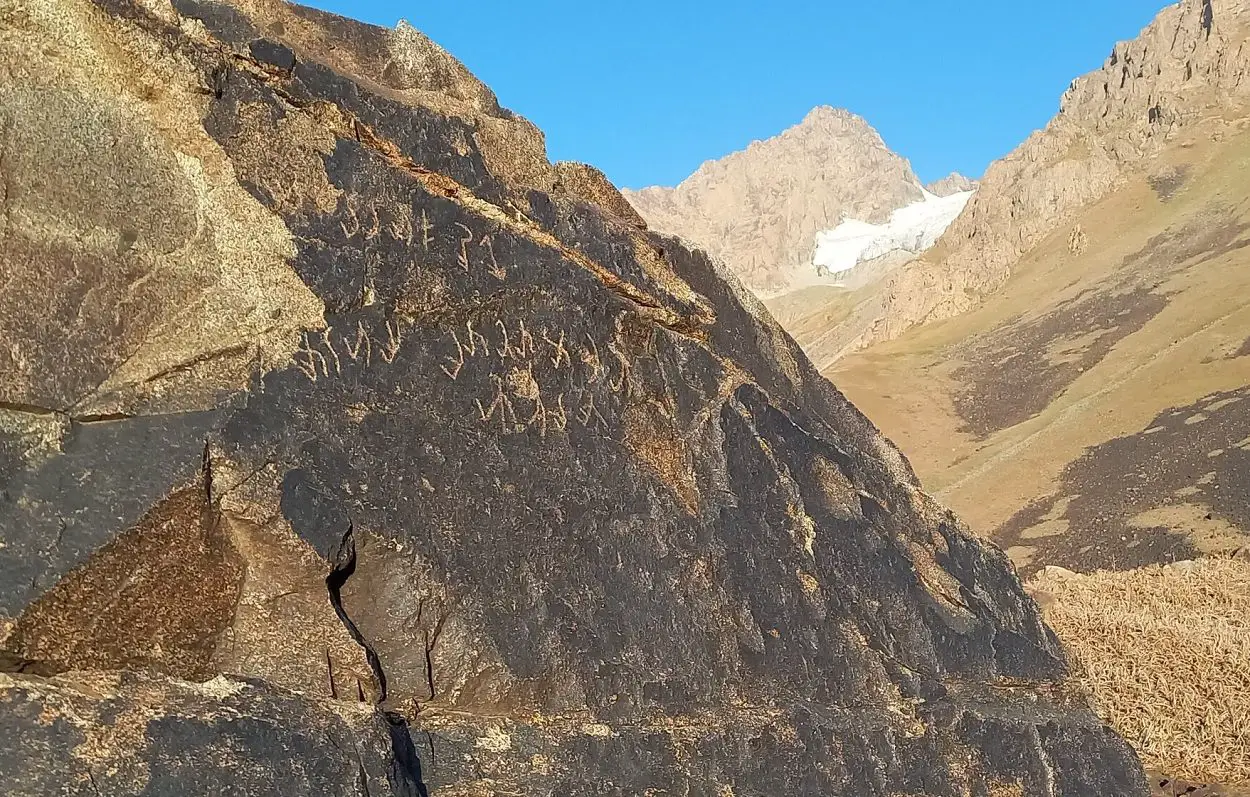Archaeologists from the University of Cologne have deciphered parts of the Kuschana script that has puzzled researchers for over seventy years.
The Kuschana script is a writing system used in parts of central Asia that is associated with the early nomadic peoples of the Eurasian steppe, such as the Yuèzhī, and the ruling dynasty of the Kushana Empire. The Kushana were most likely one of five branches of the Yuezhi confederation who migrated from northwestern China (Xinjiang and Gansu) and settled in ancient Bactria.
At its peak, the empire spread to encompass much of what is now Uzbekistan, Afghanistan, Pakistan and Northern India, where inscriptions have been found dating to the era of the Kushan Emperor, Kanishka the Great.
In a study, published in the Wiley Online Library, researchers have deciphered parts of the writing system by examining photographs of inscriptions found in caves, and characters on bowls and clay pots from various Central Asian countries.
So far, 60% of the script characters have been deciphered by studying a short bilingual text carved into a rock face in the Almosi Gorge in north-western Tajikistan, that contains Kuschana script and a section of the Bactrian language.
The team then drew on the known content of the bilingual inscription from Tajikistan and the trilingual inscription from Afghanistan (Gandhari or Middle Indo-Aryan, Bactrian and unknown Kuschana script), enabling them to gradually draw conclusions about the script and language.
According to the study: “The breakthrough was finally made possible by the royal name Vema Takhtu, which appeared in both Bactrian parallel texts, and the title ‘King of kings’, which could be found in the corresponding sections of the Kuschana script. The title in particular proved to be a good indicator of the underlying language. With the help of the Bactrian parallel text, the linguists were able to analyse further character strings step by step and always determine new phonetic values of individual characters.”
Dr. des. Svenja Bonmann said: “The decipherment can help to put our understanding of the linguistic and cultural history of Central Asia and the Kuschana Empire on a new basis, similar to the decoding of the Egyptian hieroglyphs or the Maya glyphs.”
https://doi.org/10.1111/1467-968X.12269
Header Image Credit : Bobomullo Bobomulloev





